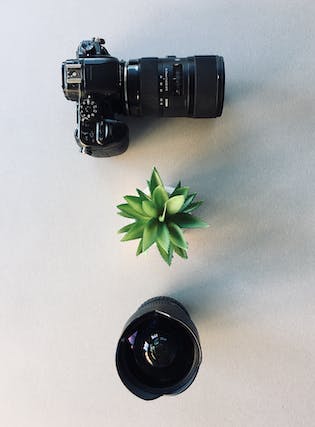5 Easy Tips to Improve Your Plant Photos Today
Let’s embark on a journey of precision, patience, and creativity in capturing the mesmerizing intricacies of plant life.
The Intricacies of Capturing Plant Details
- Capturing Plants in the Golden Hour Light
- Selecting Plants with Intriguing Details
- Cropping and Composition Adjustments in Post-Processing
- Choosing the Right Equipment
- Bird’s Eye View: Capturing Plant Beauty from Above
Capturing Plants in the Golden Hour Light
Nature’s lighting is unparalleled, and the golden hour—shortly after sunrise or before sunset—offers soft, warm hues that beautifully illuminate your plant subjects. The gentle, angled light enhances the textures and colors, creating a magical atmosphere. Make the most of this ethereal lighting to infuse your macro plant photography with a touch of enchantment.
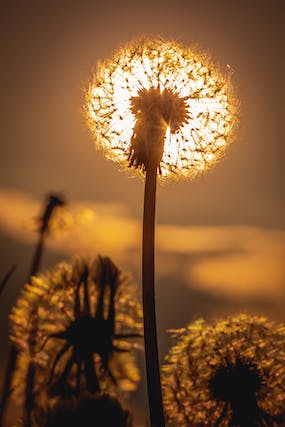
Selecting Plants with Intriguing Details
Not all plants are created equal when it comes to macro photography. Choose subjects with intriguing details, such as delicate veins on leaves, unique textures on bark, or intricate patterns in flowers. The diversity of plant life provides an endless array of captivating subjects for your macro lens.
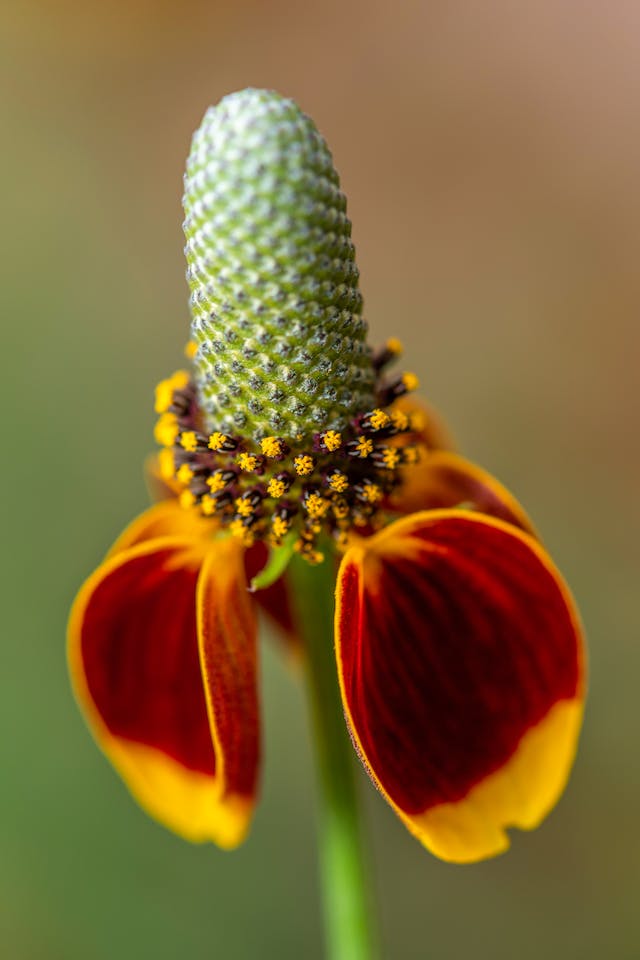
Cropping and Composition Adjustments in Post-Processing
Post-processing is an opportunity to refine and perfect your compositions. Use cropping judiciously to eliminate distractions and emphasize the focal points of your images. Fine-tune the overall composition, ensuring a harmonious balance that guides the viewer’s eye through the intricate details you’ve captured.
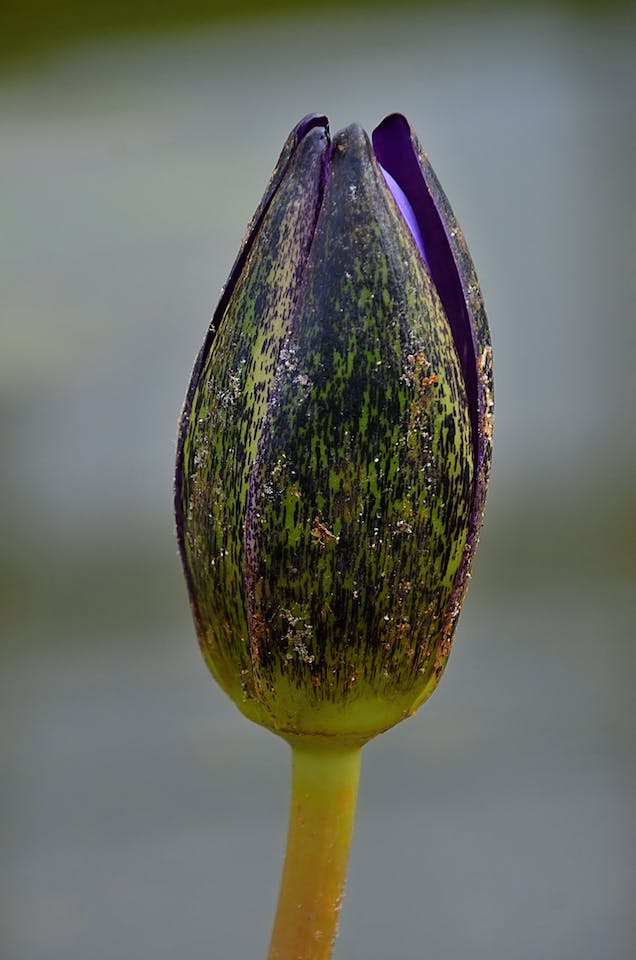
Choosing the Right Equipment
1. Selecting a Macro Lens
When delving into the world of macro plant photography, the cornerstone of your equipment selection lies in choosing an appropriate lens. A dedicated macro lens, characterized by its high magnification capabilities and optimized focal length (typically 90mm or more). It ensures that you can get up close and personal with your botanical subjects. The specificity of a macro lens allows for unparalleled detail. It captures the intricate patterns, textures, and nuances that define plant life.
2. Tripods and Their Role in Stability
In the realm of macro photography, stability is paramount. Even the slightest camera shake can compromise the sharpness of your images. A reliable tripod becomes an indispensable companion, providing the stable foundation needed for precision shots. Opt for a sturdy tripod that can withstand the rigors of outdoor conditions, and consider one with flexible leg adjustments for adapting to various terrains.
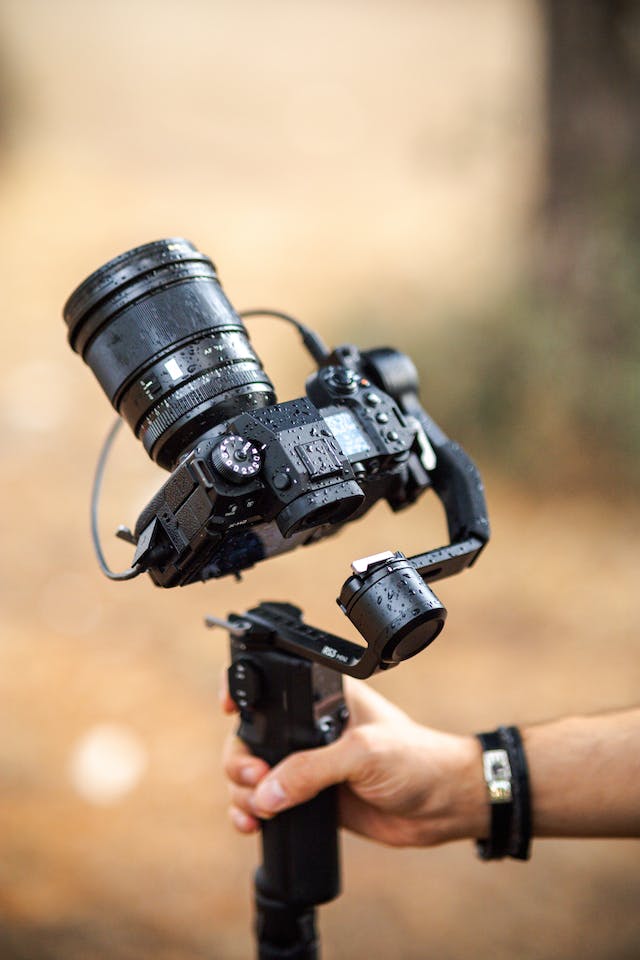
Bird’s Eye View: Capturing Plant Beauty from Above
Contrast the drama of low-angle shots with a bird’s eye view to reveal the intricate patterns and textures of plant surfaces. Shooting from above allows you to showcase the plant in a broader context, capturing the symmetrical beauty of leaves or the intricate arrangements of petals. This top-down perspective offers a fresh and unique dimension to your macro plant photography.
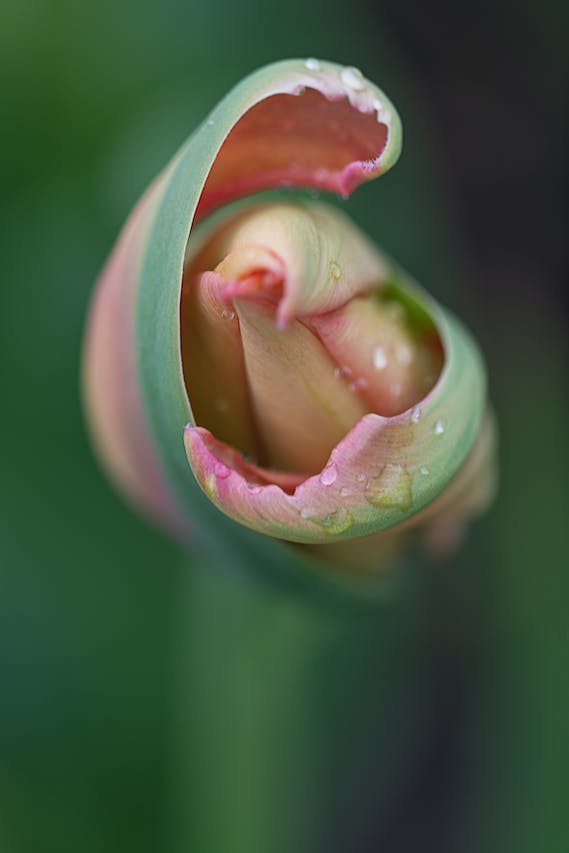
In conclusion
The pursuit of excellence in macro plant photography is a multifaceted journey that weaves technical mastery, creative vision, and a profound connection with nature. Each of the 15 macro plant photography tips discussed herein serves as a compass, guiding you through the intricate dance of light, color, and detail inherent in capturing the essence of plant life.
As you embark on this captivating expedition, remember that your lens is not just a tool but a conduit, offering a glimpse into a world often overlooked. The delicate patterns, vibrant hues, and subtle movements of plants become your narrative, and each photograph is a chapter in the unfolding story of nature’s artistry.
So, with tripod in hand, lens focused, and heart attuned to the rhythm of the natural world, venture forth. Seize the golden hours, embrace the challenges, and celebrate the beauty that exists within the minuscule details. Let your macro plant photography not only be a testament to your technical prowess but a heartfelt ode to the splendor of the botanical realm.
